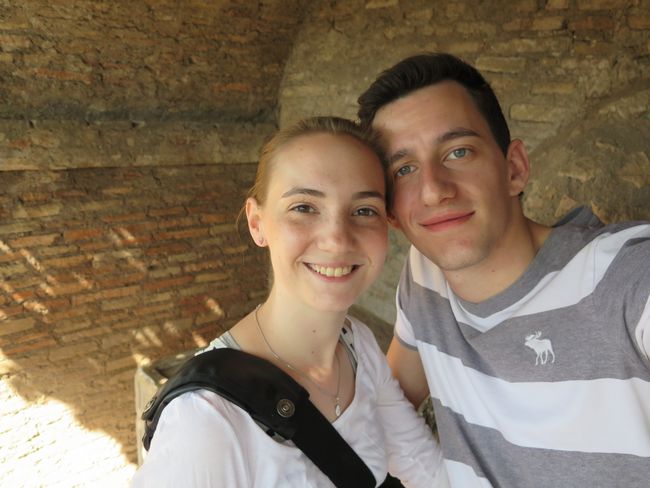Tag 95-99 Coromandel Peninsula
प्रकाशित कीता: 11.02.2019
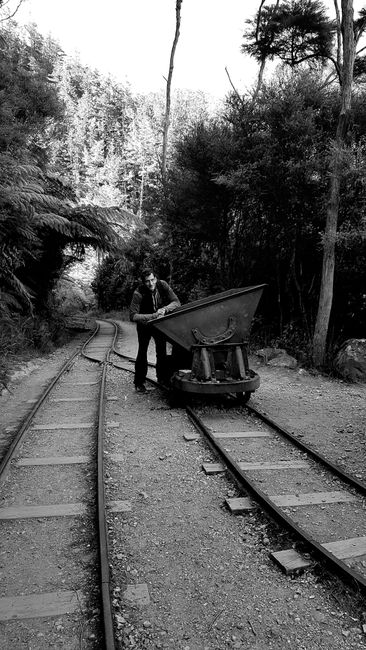
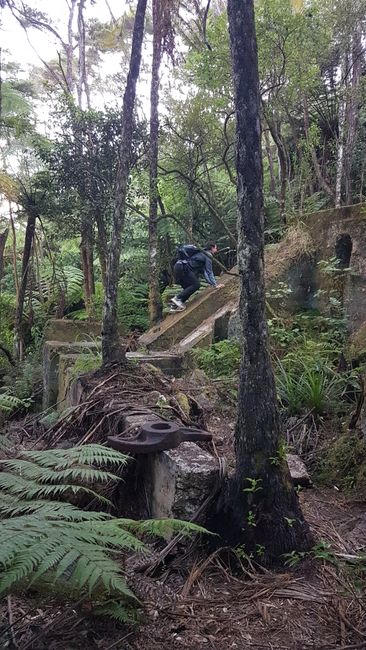
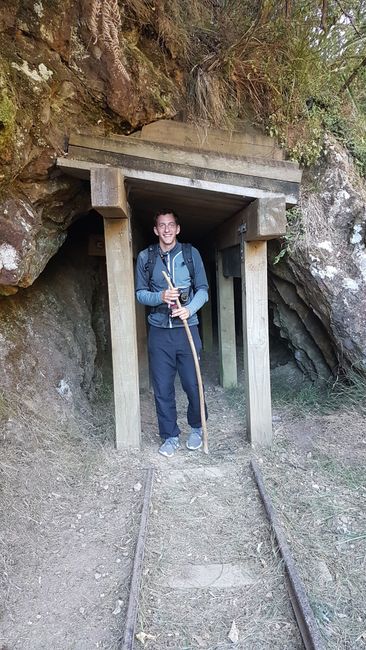
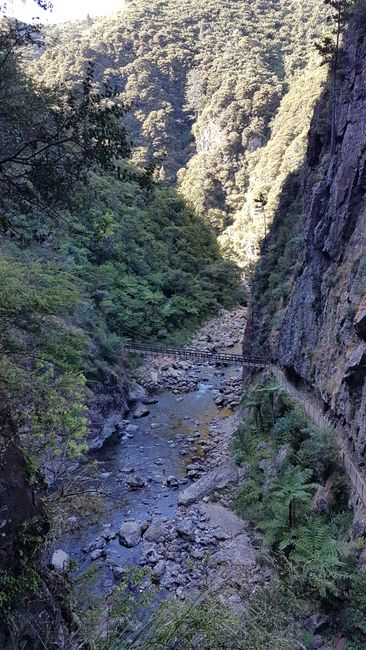
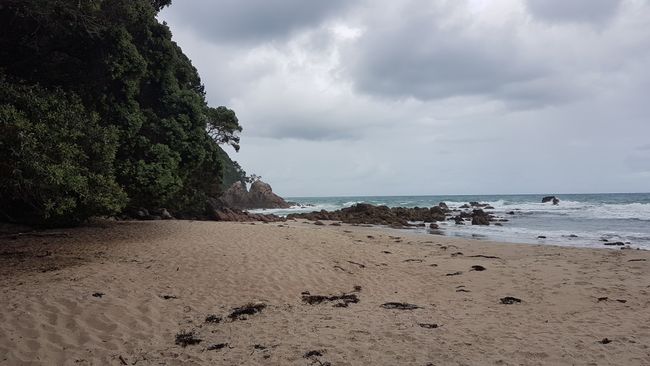
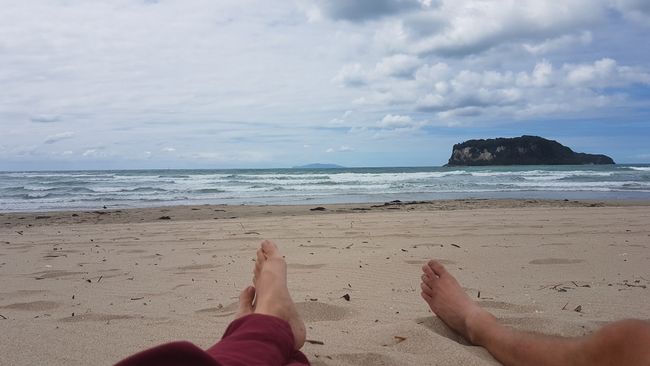
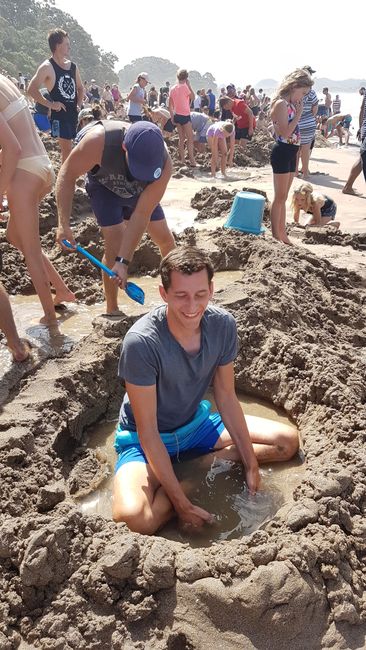
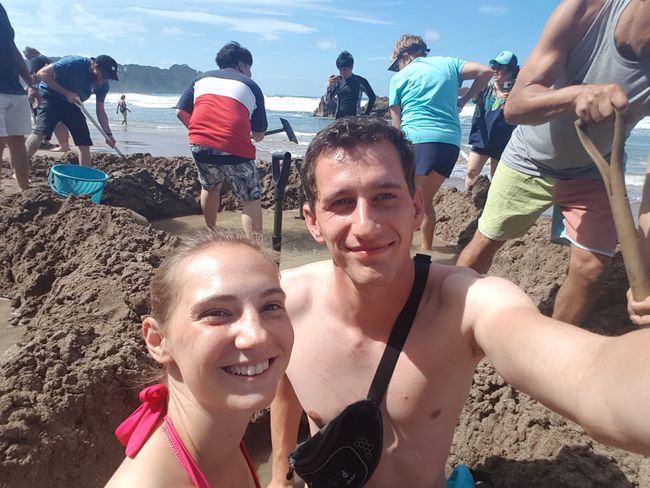
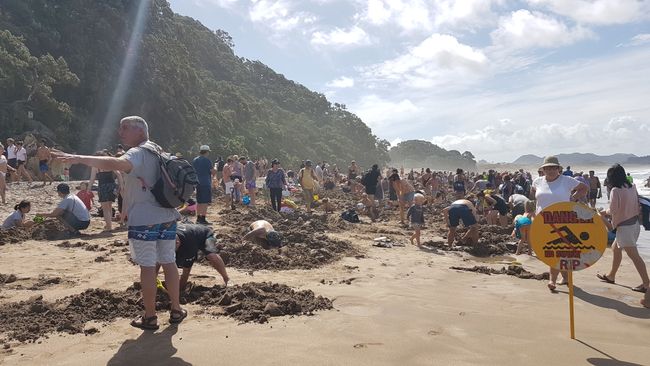
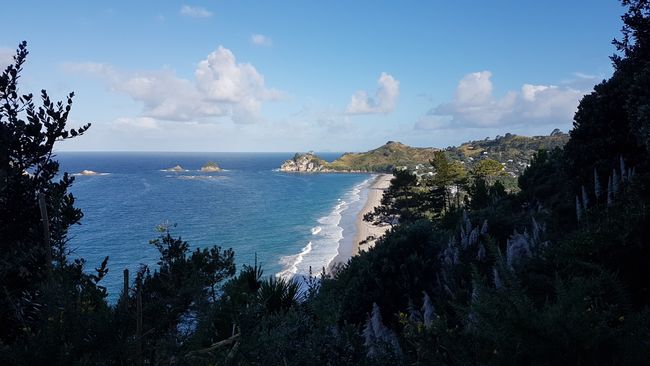
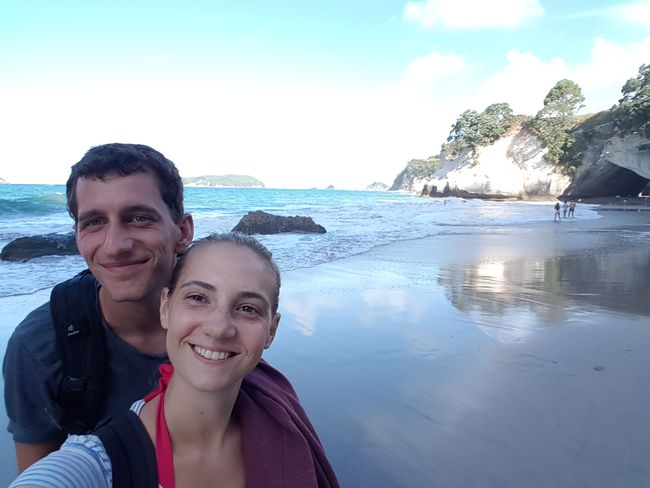
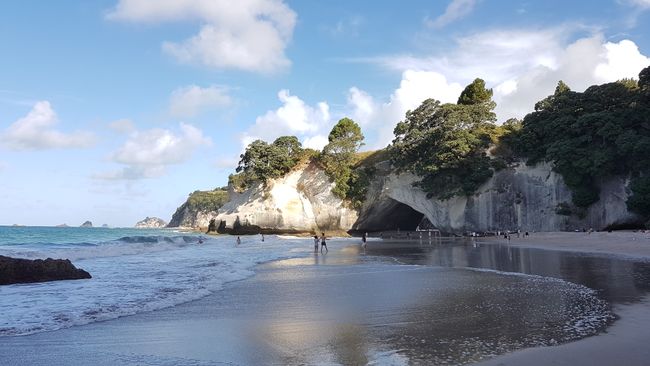
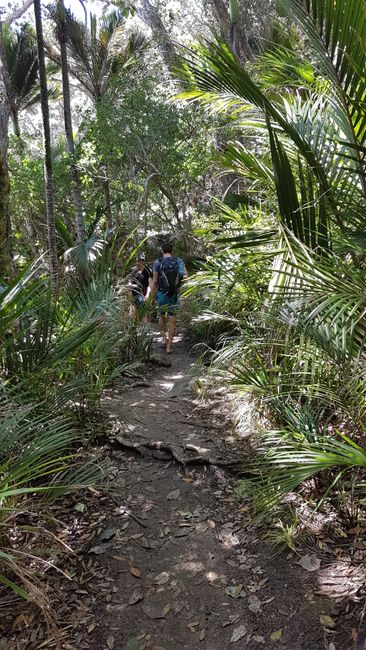
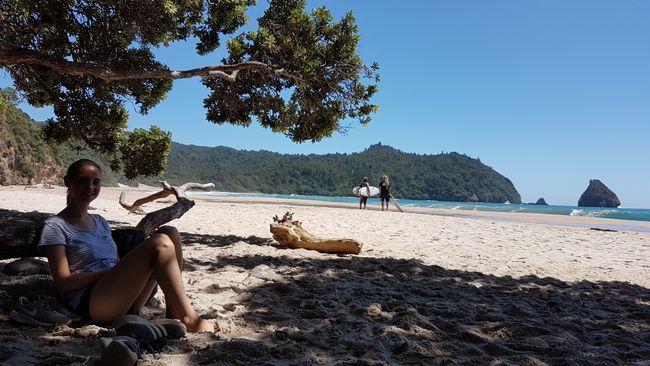
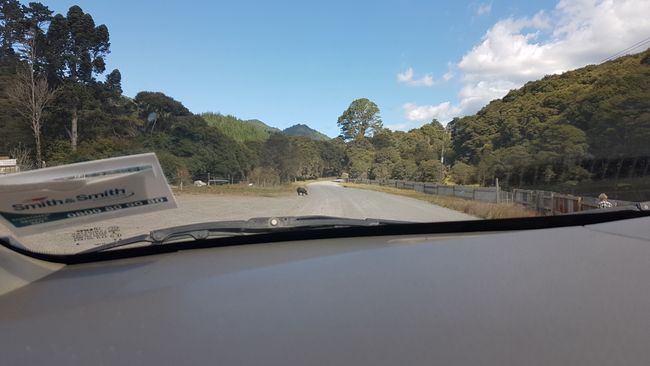
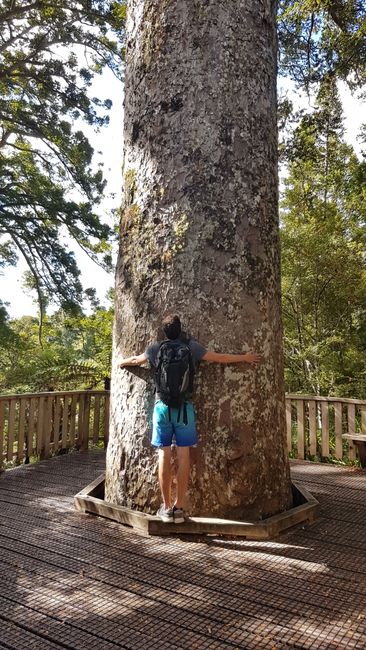
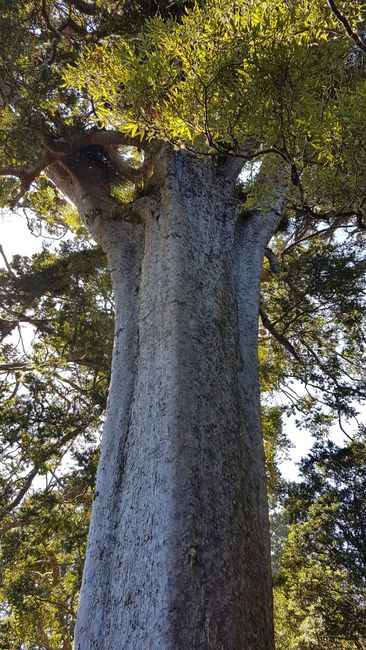
न्यूज़लेटर दी सब्सक्राइब करो
Our next destination was the Coromandel Peninsula, a peninsula with two faces: While the rugged cliffs of the steep rock coast are interrupted by heavenly beaches on the east coast, gold mining once raged on the west side, which has had a lasting impact on the landscape and towns. We spent our first day in the Karangahake Gorge, an abandoned gold mining site that has been reclaimed by the rainforest, with many ruins, railway tracks, tunnels, and shafts cutting through the steep wall of the gorge. In the afternoon, we continued to the east coast to Whangamata and hiked past willows and through enchanted forests to Octopus Bay, a beautiful sandy beach that we only shared with a few seagulls.
The next day, we went to Hot Water Beach, where a hot stream leads to the sea under the sand. With about a hundred other crazy people, we tried our luck and dug a small pit - and lo and behold, it filled with (very almost uncomfortable) warm water. After a short bath in our sand pit, Basti cooled off in the sea and tried to defy the surf with its towering waves. Then we continued to Cathedral Cove, where the tides had carved large caves and tunnels into the rock. A beautiful and impressive place! We spent the night overlooking the coast at Earl's, a wonderful Maori who had opened his land to backpackers.
The next morning started with a chat with Earl and some other backpackers, after which we decided to drive to the local secret tip - Chums Beach. An adventurous climb over a stone beach almost completely flooded by the tide, part rainforest, and a hill later, we reached the beach - a little paradise! White sand, turquoise-blue water, and trees rising from the rainforest, providing shade. Together with some other backpackers, we spent a few really lovely hours here! We continued to the west coast, where we visited Coromandel Town, the Waiau Falls, and a forest with kauri trees - impressive tree giants that had fallen victim to European settlers except for a few specimens.
On the last day, we visited another approximately 2500-year-old kauri tree, whose trunk grew in a rectangular shape for unexplained reasons, and strolled through the town of Thames. A little further on, we could see many native and some migratory birds from an observation hut and listened to a DOC ranger tell us a lot about the animals and the challenges of local species conservation.
न्यूज़लेटर दी सब्सक्राइब करो
परता

यात्रा दी रिपोर्ट न्यूजीलैंड ऐ।

